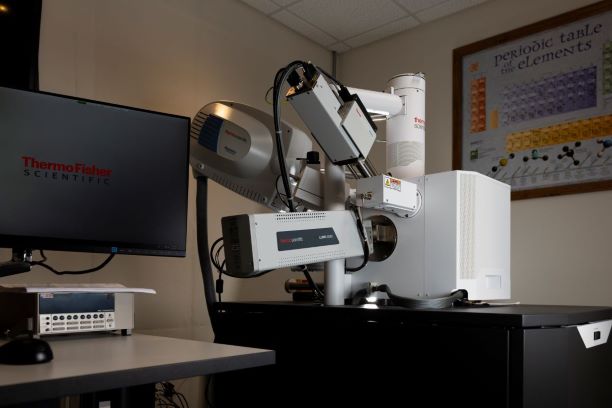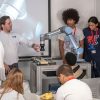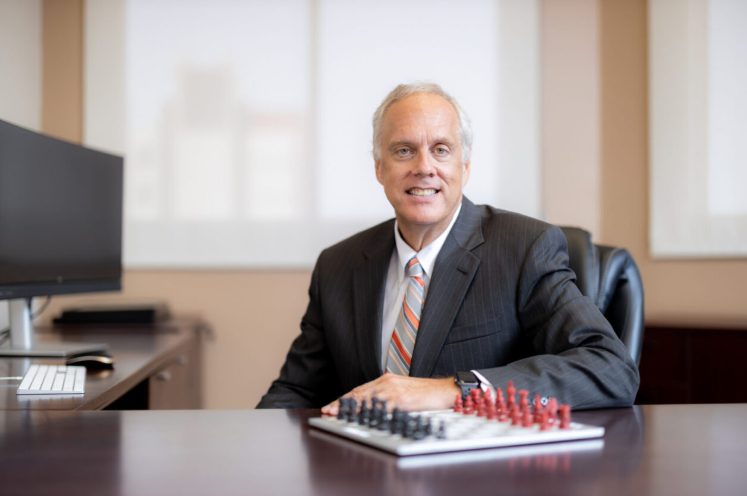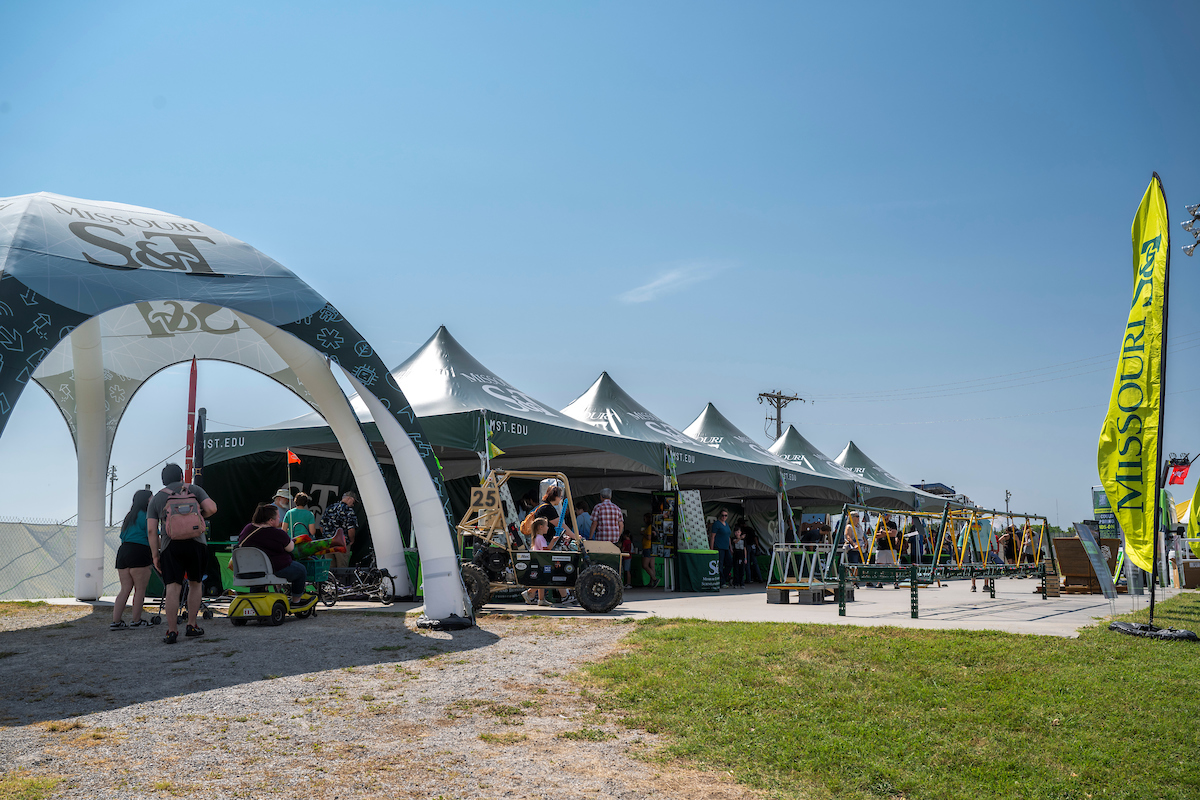Researchers in materials science, chemistry, physics, biomedicine and other disciplines will have expanded capabilities with the addition of $6 million in the latest equipment at Missouri University of Science and Technology. The equipment is available for researchers across the University of Missouri System, which includes S&T and the campuses in Columbia, Kansas City and St. Louis, as well as external users from companies and other institutions.
The centerpiece is a $4 million dual-beam instrument that incorporates a scanning electron microscope and a plasma focused ion beam that enables researchers to deposit or remove materials on the nanoscale and examine what is below the original surface of the specimen without removing it from the microscope.
“If you see something interesting with the electron microscope, you only see what’s on the surface of the material,” says Dr. William Fahrenholtz, Curators’ Distinguished Professor of ceramic engineering and director of the Materials Research Center at Missouri S&T. “The focused ion beam allows you to mill into the material and see if the thing you noticed is just a surface feature or something that extends down into the bulk.”
Missouri S&T has a 10-year-old dual-beam instrument that will remain on campus as a supplement to the new instrument, Fahrenholtz says. He says the current instrument has been in high demand but is no longer the latest technology. Having both instruments will alleviate a research logjam.
Missouri S&T has also acquired a new scanning electron microscope and an X-ray photo electron spectrometer to characterize the microstructures and compositions of materials. Both will replace older instruments.
“These new instruments will expand the quality and quantity of research by enabling us to provide better support for researchers,” says Fahrenholtz.
The equipment was acquired with funding through Tier 1 of the University of Missouri System’s Research and Creative Works Strategic Investment Program. The acquisition also benefited from a substantial discount as part of the agreement between the UM system and Thermo Fisher Scientific. Tier 1 projects require a campus match, which S&T provided through the Hasselmann Research Endowment.
“Acquisitions like this usually involve a long, difficult process to obtain external grant money. This equipment and the support from the UM System are transformational for our research,” says Fahrenholtz.








